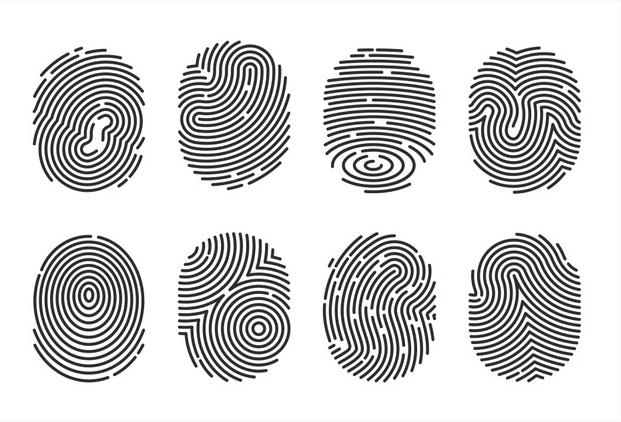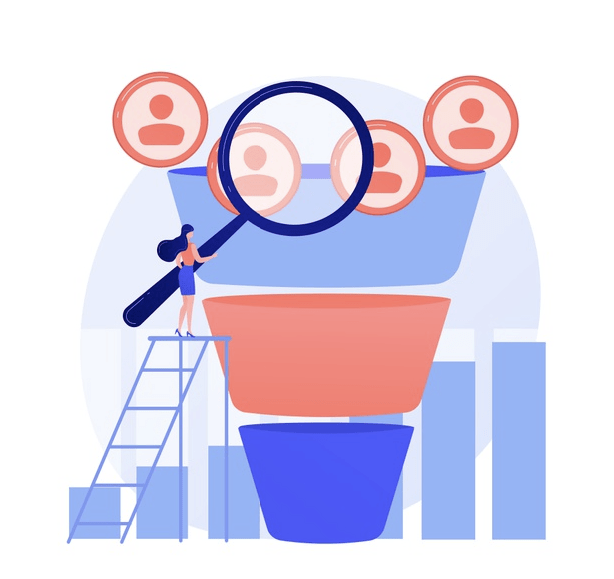People decide if they do or don’t want to buy from your ecommerce store based on the answers to two questions:
- Does your product or service address their problem or need?
- What’s the risk associated with buying from your online store?
The first question concerns your product or service and how you choose to sell it. That topic is (and no doubt will be) the subject of many other articles, probably because ecommerce business owners usually do focus on that. They don’t pay nearly as much attention to the second question. And that’s why focusing on risk can be exactly what differentiates your online store from the competition.
What Are Perceived Risks?
So what are the trade-offs or risks visitors consider when they’re thinking about buying from your online store?
Potential customers value different things, so what they see as a risk also varies. They may feel they risk losing money, time, and energy, among other things.
For example, somebody on a budget is likely to see the biggest risk as loss of money. Buying online definitely can be risky, and when money is scarce, it’s perceived as even riskier.
For someone else, perhaps money isn’t an issue, but time may be. That person doesn’t want to waste half an hour trying to find a particular product by browsing on your complicated website—they value their time too much.
Although customers value different things and therefore perceive risks differently, they all have one thing in common: they’re averse to risk, whatever “risk” means to them.
That’s why one of the big levers you have to improve your conversion rate and increase your sales is risk reversal.
What Are Risk Reversals?
Risk reversals are the guarantees you offer to reduce the risk your customers face when buying from your online store. With risk reversals, visitors to your ecom store not only have a lot to gain from your product or service but also have little or nothing to lose.

Here are some examples:
- Money: To counter the fear of losing money, there are generic risk reversals such as the money-back guarantee. This risk reversal can likely be applied to most products and services. However, the best risk reversals are tailored to the specific risks your visitors are facing. For example, if you sell food online, a 365-day money-back guarantee doesn’t make sense. But something like, “If you aren’t 100% happy with the freshness and taste of our food, we’ll give you your money back” would be more effective.
- Time: Sometimes the risk is losing time, either while on your site or by not getting the product on time. Think about Amazon and how many of these risks they manage well. Their shipping is predictable, they have a good returns policy, and the process is so fast that their customers lose no time.
- Data: Exposure of personal information online is also a risk. Whenever you ask for personal data—whether it’s to send a sample, start a trial, or complete a purchase transaction—customers see it as sensitive information. One risk reversal is to have a badge clearly visible that assures customers that their data is safe with you and won’t be shared.
- Fit: When it comes to buying apparel online, fit can be a big risk since it’s hard to tell how clothes will fit by looking at images online. That’s why many companies are coming up with risk reversals such as offering potential customers the opportunity to pick five items to try at home, keep the one they prefer, and return the others.
Being Specific Pays Off

The bottom line when defining the risk reversals for your ecommerce store is to create them specifically for your visitors. Avoid using generic risk reversals—people get so used to them that they aren’t that effective anymore. The right set of risk reversals may be the thing that sets your online store apart!
For example, think about how many websites do well because they have a price-match guarantee. By offering that guarantee, they’re reversing the potential customer’s perceived risk that they might be able to find a better deal on the same product somewhere else.
That’s how a good risk reversal can become a unique value proposition—something your ecom store does or offers that’s unique to your business. When none or few of your competitors are reversing a risk effectively, your doing so sets your ecom store apart.
Risk Reversals Specific to Your Funnel

When it comes to your online store, visitors may perceive different risks at different places in the funnel. Each stage of the buying process has its own risks:
- When people click on a Facebook ad and land on your website, they may wonder if your store is legitimate. The risk they face is that they’ve landed on a scam business. The risk reversal for that can be offering social proof. Have reviews, press mentions, customer photos, and the like to reassure visitors that your business is legitimate.
- When visitors to your ecom store decide they’re willing to do business with you, they may then start wondering if your product is right for them … and what happens if they buy it and it isn’t?
This process happens in seconds. People aren’t necessarily aware that they’re going through these stages, but they are. At the point that they’re wondering what happens if they don’t like something, be sure to address that particular risk with risk reversals like free returns, free exchanges, or a money-back guarantee.
- A potential customer decides that they’ve found the item they want: it fits their needs, and they’re willing to buy it. They add the item to the cart and proceed to the checkout page. Now the risks associated with payment arise—that your site isn’t secure, that their credit card number will be stolen, that they’ll be charged the wrong amount, and so on. Risk reversals include stating that you have a secure checkout and/or giving people the option to use PayPal or Apple Pay.
Which Risk Reversals Should I Use in My Ecom Store?

The best way to know which risk reversals are right for you is to get to know your visitors. The most effective risk reversals are the ones that reduce the risks that are specifically relevant to your visitors.
In a physical store, when you offer a product, you can ask questions, see a customer’s expression when you say how much something costs, and many other things. Online, you don’t have the benefit of many of these cues.
It’s hard for customers to voice their fears about an ecom store and more difficult for owners to get quality feedback in a timely manner.
One excellent method for quickly learning what your customers perceive as risk is to take the product offline. You can make sales phone calls (where you can hear tone of voice) or go to a physical store and try selling your product in person. Gather all the reactions, questions, and concerns, and then address those in your online store. Just one day selling face to face can give you a lot of data to help you build risk reversals and even to improve your unique value proposition.
There are also online methods for collecting this kind of information. Polls and surveys are very effective. A poll asking users of your site what’s stopping them from buying can give you valuable information. A post-purchase survey that asks what customers’ biggest fears were when buying also reveals data you can use to build your own risk reversals.
Regardless of how you do your research, don’t skip it—or skip risk reversals completely!
Conclusion
People buy from your ecommerce store largely based on your unique value proposition and how well you manage perceived risk. Different parts of your funnel raise different risks so address each of these risks with the appropriate risk reversals.
Take the time to research and understand your visitors’ concerns. Create risk reversals that fit your particular ecom store and that are relevant to your customers. Risk reversals can help you move the needle in your ecommerce store! Taking the time to get them right can bring you benefits for a long time.

